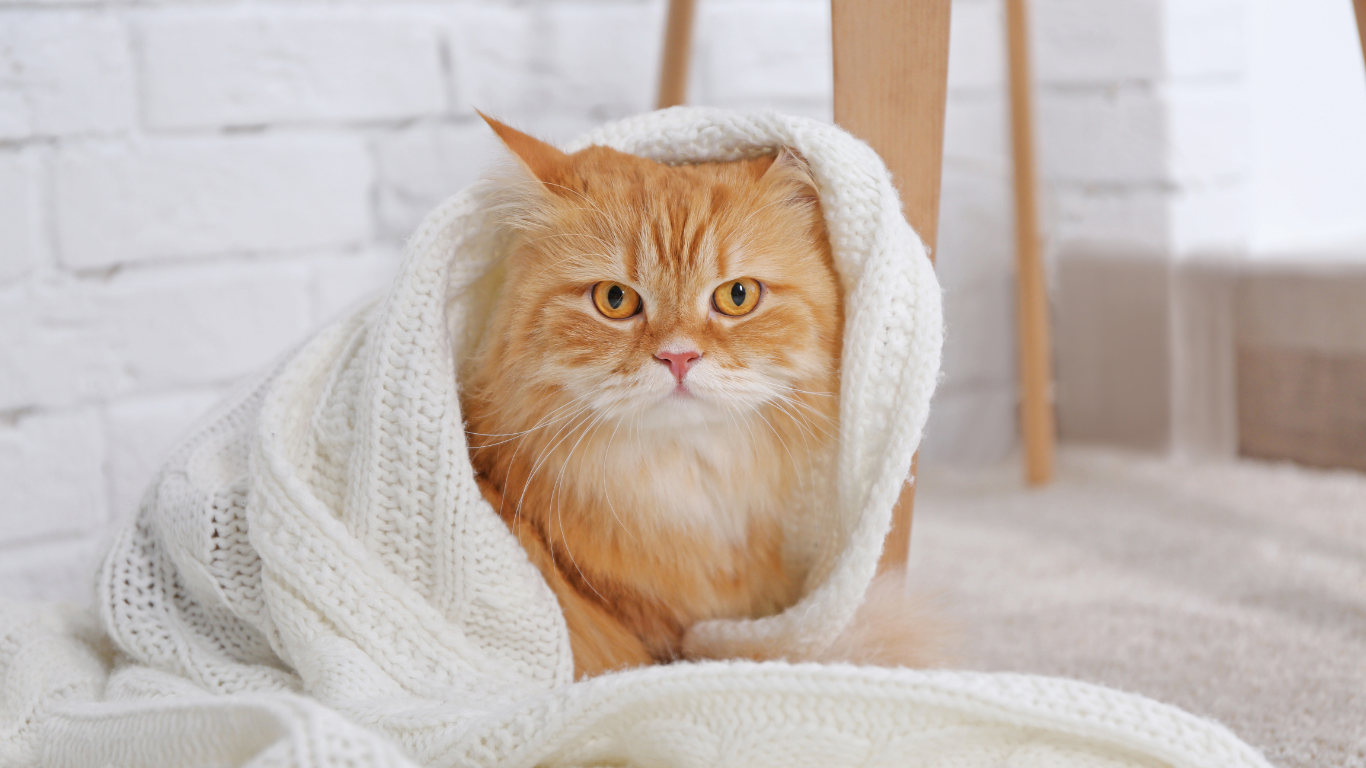
The cat's thyroid is a hormone-producing organ and consists of two lobes that are difficult to feel when healthy. It is located at the front of the neck on the right and left of the trachea and is responsible for the body's entire metabolism. The thyroid hormones T3 and T4 it produces increase the metabolic rate and energy requirements. This increases the heart rate, blood pressure, body temperature, sweat production as well as intestinal activity and the excitability of nerve cells.
Hyperthyroidism in cats is a condition in which the animal's thyroid produces more hormones than usual. Hyperthyroidism is a disease of older cats; younger animals can only rarely be affected. It is important to note that male cats are three times more likely to be affected than female cats.
Causes of hyperthyroidism
Hyperthyroidism is a very common disease in cats. The most common cause is a benign growth of the thyroid gland (adenoma), less often a malignant change (carcinoma). Autoimmune causes and environmental influences are also discussed as causes.
Symptoms of hyperthyroidism
Hyperthyroidism is a serious condition that, if left untreated, can lead to serious health complications. The symptoms of hyperthyroidism in cats arise from excess thyroid hormones.
The following symptoms may occur:
- Weight loss with normal/excessive appetite
- Restlessness/aggressiveness
- Shortness of breath/cardiac symptoms
- Shaggy fur
- Diarrhea
- Increased thirst and urination
Diagnosis of hyperthyroidism
In order not to confuse cat hyperthyroidism with other common diseases such as chronic kidney failure or diabetes mellitus, a blood test should be carried out, in which the T4 (thyroid hormone) is usually well above normal. Palpation of the thickened thyroid lobes below the larynx on the right and left of the trachea also provides an important indication of hyperfunction. This disease can also lead to heart muscle disease (hypertrophic cardiomyopathy), which can improve significantly with treatment of hyperthyroidism. In contrast, a chronic Renal insufficiency may only be recognized or worsened by the treatment of hyperthyroidism. Diabetes mellitus can also occur more frequently due to hyperthyroidism.
Therapy of hyperthyroidism
Treatment for hyperthyroidism in cats depends on the severity of the disease. In most cases, treatment can be done with medications that inhibit the thyroid (thyrostatics) and are administered as tablets, liquids or ointments as regularly as possible and at the same time twice a day or rubbed into the auricle. In addition, the therapy can be supported with an iodine-reduced diet, which means that fewer thyroid hormones can be produced because they are dependent on the presence of iodine.
In more severe cases, surgery may be required to remove the thyroid. A very expensive therapy that can only be carried out in certain clinics is treatment with radioactive iodine to cure the cat of hyperthyroidism. Subsequent regular examinations by the vet and blood checks are also essential because of the possible occurrence of other illnesses.










